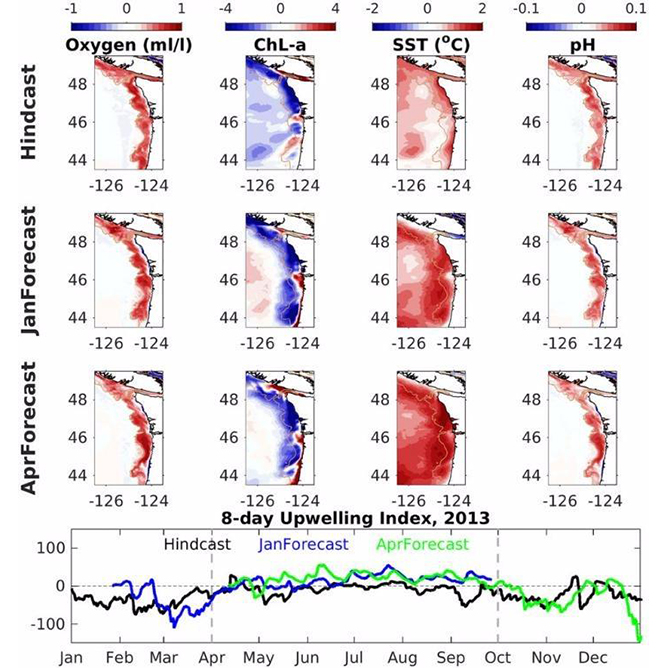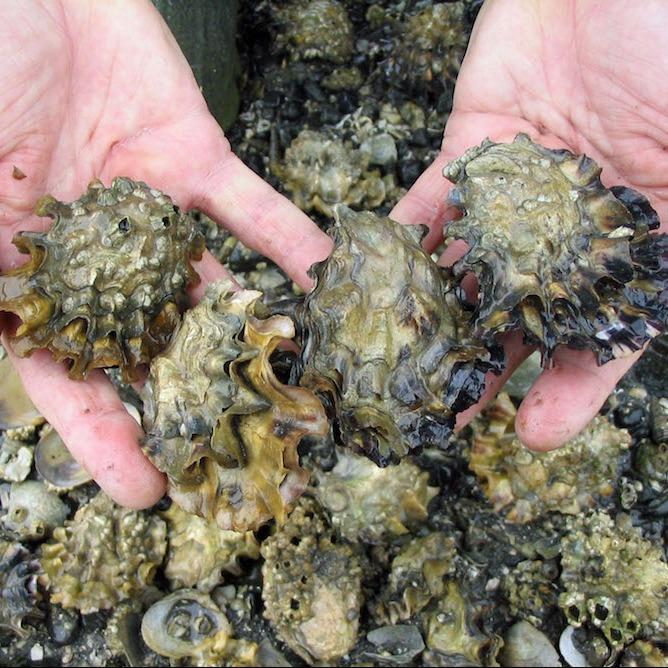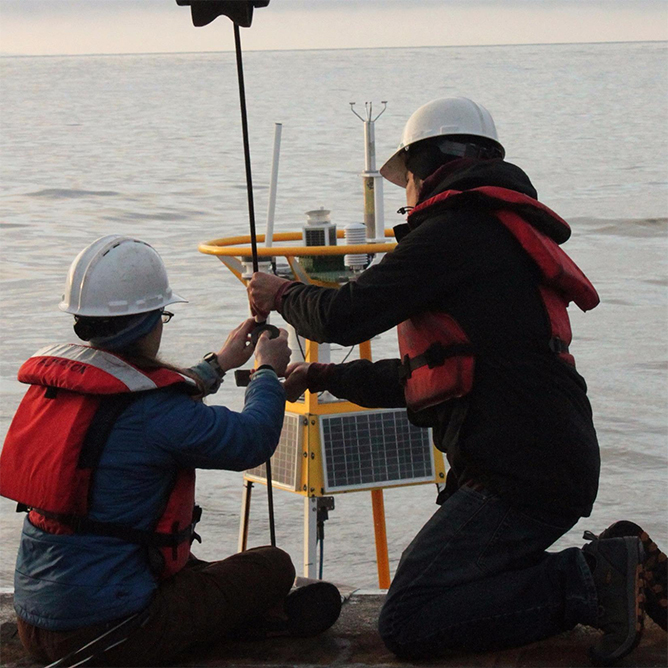Oceanography
Global Synthesis of the Status and Trends of Ocean Acidification Impacts on Shelled Pteropods
The accumulation of anthropogenic CO2 in the ocean has major ecological, socioeconomic, and biogeochemical impacts, with repercussions for the ocean as a critical carbon sink. Ocean acidification (OA) disproportionately affects marine calcifiers, among which pelagic zooplanktonic pteropods play a significant role in carbonate export. The pteropod, due to the susceptibility of its aragonite shell to rapid
Can Seasonal Forecasts of Ocean Conditions Aid Fishery Managers? Experiences from 10 Years of J-SCOPE
Multiple stressors co-occurring in coastal waters are of increasing concern to local fisheries. Many economically, culturally, or ecologically important species (e.g., oysters, crabs, pteropods) in the Pacific Northwest are already directly affected by ocean acidification (OA), warming, and hypoxia. Additional indirect economic impacts on the finfish industry are possible due to losses of prey species. Because
Emerging Applications of Longstanding Autonomous Ocean Carbon Observations
For over two decades, NOAA’s Pacific Marine Environmental Laboratory (PMEL) has been developing and deploying autonomous ocean carbon measurement technologies. PMEL currently maintains a network of air-sea CO2 and ocean acidification time-series measurements on 33 surface buoys, including the world’s longest record of air-sea CO2 measured from a buoy. These sites are located in every
Emerging Applications of Longstanding Autonomous Ocean Carbon Observations Read More »
Acidification of the Global Surface Ocean: What We Have Learned from Observations
The chemistry of the global ocean is rapidly changing due to the uptake of anthropogenic carbon dioxide (CO2). This process, commonly referred to as ocean acidification (OA), is negatively impacting many marine species and ecosystems. In this study, we combine observations in the global surface ocean collected by NOAA Pacific Marine Environmental Laboratory and Atlantic
Acidification of the Global Surface Ocean: What We Have Learned from Observations Read More »


